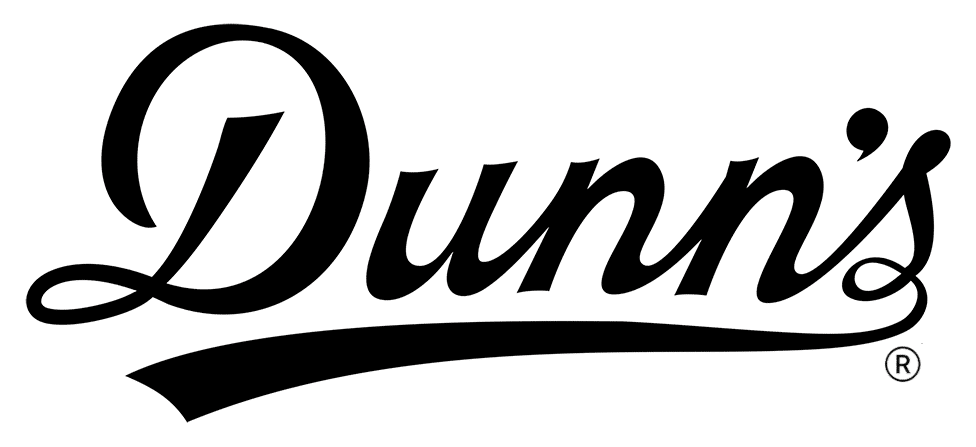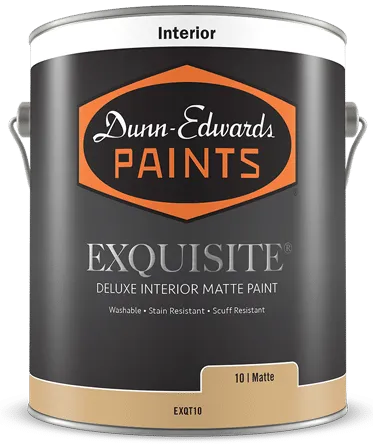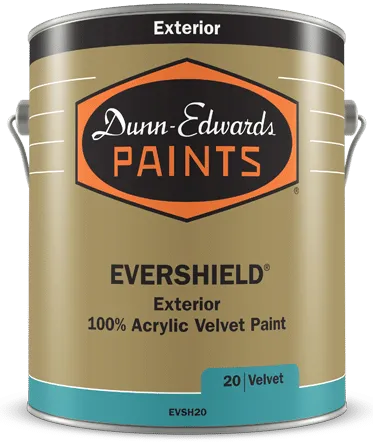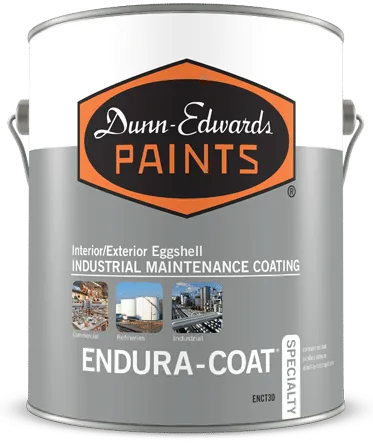2015 Year-End Tax Planning
11/11/2015 | Dunn Edwards |
As we head toward the holidays, we may be focused on planning joyful celebrations with family and friends but — whether or not we want to admit it — it’s also when we need get our taxes in order. Effective tax planning can deliver the greatest value if it is properly designed based on the taxpayer's current tax situation and projected financial results in the upcoming years. Fact is, end-of-year tax planning continues to be a challenge for both individuals and businesses, as Congress has still not acted on a number of tax breaks that expired in 2014. Adding to the challenge is that it’s not clear if the extender provisions will be renewed by Congress on a permanent or temporary basis — or if any such extension would be retroactive.
Here is a checklist of strategies to consider, based on current rules, which may help you save tax dollars if you act before Dec. 31. Not all actions apply to everyone, but you may benefit from many of them. Be sure to speak with a certified tax professional for full information.
For Businesses
Business tax planning continues to be uncertain because of the expiration of many popular, but temporary, tax breaks that were part of the "extenders" package of legislation. Yet, other changes in 2015 made by new regulations and other IRS guidance should still be considered. Businesses may want to consider the following:
- Use of the traditional timing techniques for income and deductions
- Special consideration of significant tax incentives that expired at the end of 2014 but may be extended through 2015
- The adoption of a qualified retirement plan before year-end. As long as plan documents are executed before Dec. 31, a deduction can be claimed for 2015 and funding delayed until the tax return due date (Simplified Employee Pension Plans can be adopted up until the tax return due date)
- It’s important to note that reaction to certain recent tax developments that may present either new tax-saving opportunities or pitfalls
Section 179 Expensing and Bonus Depreciation
Many business owners are familiar with Section 179 expensing and bonus depreciation. This type of property includes new or used tangible property that is depreciable under Section 1245 and is purchased for use in an active trade or business. Qualifying property also includes off-the-shelf computer software and certain real property. Under increased expensing, for 2014 and prior years, businesses may be able to write off up to $500,000 in qualifying expenditures — and would not reduce this amount unless total expenditures exceed $2 million. Without an extender bill, these limits are $25,000 and $200,000, respectively, for 2015 and later.
Similarly, the 50 percent bonus depreciation was only available for assets placed in service during 2014 (through 2015 for certain transportation and other property). Legislation introduced in Congress in 2015 would extend bonus depreciation through 2016 or make bonus depreciation permanent. Because bonus depreciation, if and when extended, can be elected on the 2015 tax return filed in 2016, it is not necessary for a business to make an immediate decision on its use, although qualifying property must be purchased and in service in 2015. If businesses want to take advantage of these 2015 incentives, they should consider purchasing machinery and equipment before year-end as, under the generally applicable half-year convention, a half a year’s worth of depreciation deduction is allowed for the first ownership year.
Repair Regulations
Final regulations for treating costs related to tangible property (the so-called “repair regulations”) may open significant tax-planning opportunities for some. One of the potentially beneficial provisions in the regulations is the de minimis safe harbor, which enables taxpayers to routinely deduct items for which the cost is below the specified threshold. The de minimis safe harbor is an annual election, not an accounting method, so it can be made and changed from year to year. The current threshold is as follows:
- $5,000 for taxpayers with an applicable financial statement (AFS). Taxpayers with an AFS should have a written policy in place by the beginning of the year that specifies the amount deductible under the safe harbor
- $500 for taxpayers without an AFS, and no written policy is required
Business Use of Vehicles
Year-end strategies for both business expense deductions for vehicles and the fringe benefit use of vehicles by employees involve an awareness of certain rates and dollar caps that change annually.
Changes affecting 2015, as well as some 2016 information, include:
Standard Mileage Rate:
The standard business mileage allowance rate for 2015 is 57.5 cents-per-mile (up from 56 cents-per-mile for 2014).
Depreciation Limits:
The IRS released the inflation-adjusted limitations on depreciation deductions for business-use passenger automobiles, light trucks and vans first placed in service during the 2015 calendar year. The IRS also modified the 2014 first-year limitations by $8,000 to reflect passage of the Tax Increase Prevention Act of 2014, which retroactively extended bonus depreciation to 2014 in December of 2014. It is uncertain whether anticipated 2015 extenders legislation will make same retroactive adjustment for 2015.
Small Business Stock
A full 100 percent gain exclusion is allowed for qualified small business stock that is acquired after Sept. 27, 2010, and before Jan. 1, 2014, and held for more than five years. Under current law, the percentage that is excluded is 50 percent (60 percent for empowerment zone stock) for qualifying stock acquired after Dec. 31, 2013.
Internal Revenue Code (IRC) Section 1202 provides that non-corporate investors in qualified small business stock can exclude 100 percent of any gain realized on stock acquired after Sept. 27, 2010 and before Jan. 1, 2015, provided the stock is held more than five years. The corporation must conduct a qualified trade or business and must not have gross assets of more than $50 million. Eligible gain from disposing of qualified stock is subject to a limit of $10 million — or 10 times the basis of the stock, if greater. The exclusion percentage is 50 percent for qualifying stock acquired after Dec. 31, 2014, unless Congress decides to extend the increased exclusion.
Even with the reduced gain exclusion, it is still a worthwhile strategy. Taxpayers should consider making investments before year-end so that the required five-year holding period begins to run. It should be kept in mind that being even just one day short of the five-year holding period (starts from the acquisition date), can eliminate the tax benefits, as no proration is allowed. However, certain exchanges of similar stock before the five-year period are allowed.
Affordable Care Act (ACA)
PACE Act:
In October 2015, Congress passed the Protecting Affordable Coverage for Employees (PACE) Act, which maintains the current language in the ACA that defines "small employer" as an employer with fewer than 50 full-time employees, on average, during the prior calendar year for purposes of the small group health market. The PACE Act, however, gives the option to apply the original definition of small employer to employers with 51 to 100 employees for purposes of the small group health market. Employers should check state law.
Only qualified small employers can offer a cafeteria plan under IRC Section 125, which permits employees to enroll in a qualified health plan through the health insurance marketplace. The PACE Act may, therefore, have consequences for large employers (with 51 to 100 employees) that were planning to take advantage of this provision after Jan. 1, 2016, once they became "small employers.”
Health Reimbursement Arrangements:
Many small businesses have traditionally provided health benefits to their employees through a health reimbursement arrangement (HRA). Following the passage of the ACA, the IRS released Notice 2013-54, which describes these arrangements as employer payment plans. Therefore, they are considered to be group health plans, subject to the ACA's market reforms, including the prohibition on annual limits for essential health benefits and the requirement to provide certain preventive care without cost sharing.
Failure to comply with the ACA's market reforms triggers excise taxes under IRC Section 4980D.
Small-Business Healthcare Tax Credit:
Small employers with no more than 25 full-time equivalent employees may qualify for a special tax credit to help offset the cost of health insurance for their employees. The employer must pay average annual wages of no more than $50,000 per employee (indexed for inflation) and maintain a qualifying healthcare insurance arrangement. The small employer tax credit may be carried back or forward. Small businesses that do not owe tax may take advantage of the credit in a prior year or a future year, if eligible.
For Individuals
For individuals, income tax rates for 2015 have not changed from last year: 10, 15, 25, 28, 33, 35 and 39.6 percent, although the start of each bracket continues to be inflation-adjusted upward each year. The tax rates for qualified (net long-term) capital gains and dividends are also unchanged for 2015, ranging from 20 percent for those in the 39.6-percent income tax bracket, down to 15 percent for those within the 25- to 35-percent brackets, to 0 percent for those otherwise in the 10- to 15-percent income tax brackets.
Spikes in income may push capital gains into either the top 39.6-percent bracket (for short-term gains) or the 20-percent capital gains bracket. Spreading the recognition of certain income between 2015 and 2016 can help minimize the total tax paid for both 2015 and 2016. Likewise, those finding themselves in the 15- or 10-percent tax brackets should consider taking into account any long-term capital gain available to ensure that, with other anticipated income, it will not exceed the top of the 15-percent bracket ($74,900 for joint filers, $37,450 for singles in 2015).
Net Investment Income (NII) Tax
It’s important to remember that the NII tax encompasses more than capital gains and dividends. It includes passive income from a business. Rental income may also be considered NII, unless earned by a real estate professional. The NII threshold amount is equal to $250,000 in the case of joint returns or a surviving spouse, $125,000 in the case of a married taxpayer filing a separate return, and $200,000 in any other case. These threshold amounts are not indexed for inflation. If possible, keeping modified adjusted gross income (MAGI) below the thresholds is an avenue to explore. Spreading income out over a number of years or offsetting the income with above-the-line deductions are possible approaches.
Alternative Minimum Tax (AMT)
For 2015, the AMT exemption amounts are $53,600 for single individuals and heads of household, $83,400 for married couples filing a joint return and surviving spouses, and $41,700 for married couples filing separate returns. No single factor automatically triggers AMT liability, but some common factors are itemized deductions for state and local income taxes, miscellaneous expenditures, home equity loan interest (not including interest on a loan to build, buy or improve a residence), and changes in income from installment sales. Investments, especially in oil and gas, may also generate "tax preferences" that may add up to AMT liability.
Individual Tax Extenders
Under current law, a number of popular, but temporary, tax incentives are not available for 2015 — unless they are extended by Congress. For individuals, these include the state and local sales tax deduction, the higher-education tuition and fees deduction, a mortgage debt forgiveness exclusion, the teachers' classroom expense deduction, and the residential energy property credit under IRC Section 25C.
Affordable Care Act (ACA) for Individuals
Unless exempt, the ACA requires that all individuals carry minimum essential coverage or make a shared-responsibility payment. Individuals with health insurance should make sure their coverage satisfies the ACA's minimum requirements. Individuals without minimum essential coverage may be liable for a shared-responsibility payment unless exempt. The coverage requirement applies separately to each month.
A number of exemptions are available to qualified individuals:
- Religious conscience exemption
- Hardship exemption
- Exemption for members of federally recognized Native American nations
- Exemption for members of a healthcare-sharing ministry
- Exemption for incarcerated individuals
- Short coverage gap exemption
- Exemption for individuals not lawfully present in the U.S.
Generally, a gap in coverage that lasts less than three months qualifies as a short coverage gap. If an individual has more than one short coverage gap during a year, the short coverage gap exemption only applies to the first.
Individual Shared-Responsibly Payment
For 2015, the individual shared-responsibility payment is the greater of 2 percent of individual household income that is above the tax return filing threshold — or the individual's flat-dollar amount, which is $325 per adult and $162.50 per child, limited to a family maximum of $975; but, it should be noted that the payment is capped at the cost of the national average premium for a 2015 Marketplace bronze-level health plan ($207 per individual and $1,035 for a shared responsibility family with five or more members).
Health Flexible Spending Arrangements
Contributions to health flexible spending arrangements (health FSAs) are capped under the ACA at $2,500 (indexed for inflation). Any salary reductions in excess of the cap may subject an employee to tax on distributions from the health FSA. For 2015 and 2016, the cap is $2,550. Health FSA balances are use-it-or-lose-it each year, except to the extent a plan may provide a $500 carryover.
Estate and Gift Planning
The maximum federal unified estate and gift tax rate is 40 percent, with an inflation-adjusted $5 million exclusion for gifts made and estates of decedents dying after Dec. 31, 2012. The annual gift tax exclusion allows taxpayers to give up to an inflation-adjusted $14,000 to any individual, gift tax-free, and without counting the amount of the gift toward the lifetime $5 million exclusion, adjusted for inflation.
The applicable exclusion amount, as adjusted for inflation, is $5,430,000 for gifts made and estates of decedents dying in 2015. There is no limit on the number of individual donees to whom gifts may be made under the $14,000 exclusion. Spouses may split their gifts to each donee, effectively raising the per-donee, annual maximum exclusion to $28,000. Spouses may give an unlimited amount of gifts to one another without any gift tax imposed. You cannot carry over any unused annual exclusion from one year to the next.
Gifts made before the end of the year can be sheltered by the annual gift tax exclusion and, thereby, save gift and estate taxes. The transfers also may save family income taxes when income-earning property is given to family members in lower income tax brackets and who are not subject to the kiddie tax.
Year-End Retirement Planning
One of the first steps for retirement savings is to contribute to an employer-sponsored, elective salary-deferral plan. These salary-deferral plans include 401(k) plans, 403(b) plans and 457 plans, depending on the type of employment. For 2015, the inflation-adjusted elective salary deferral limit for 401(k), 403(b) and 457 plans is the lesser of $18,000 or 100 percent of compensation. If an employer makes contributions, the total contribution for the 2015 year from both the employee and the employer is capped at $53,000, not including an additional $6,000 for catch-up contributions. Plans rules vary regarding the ability to increase contributions at year-end. To the extent possible, if an employer offers matching contributions, employees should make sure that they have contributed a sufficient amount to receive the full employer match.
The IRS recently announced that there will be no changes to the contribution limits or Social Security benefits for 2016.
myRAs
myRAs might be viewed as "starter IRAs," as they cap out at $15,000 or 30 years, whichever comes first. The account follows all the other tax rules associated with regular Roth IRAs; however, myRAs have no fees and can be opened with as little as $25 through payroll direct deposit. The account balance will never go down in value — and the security in the account, like U.S. savings bonds and other Treasury securities, is guaranteed. It is open to anyone who has a current annual income of less than $129,000 a year for individuals and $191,000 for couples; but only through an employer, whose participation is not mandatory.
Important Life Cycle Changes That Affect Year-End Tax-Planning
In addition to changes in the tax law, taxpayers should also consider personal circumstances that changed during 2015, as well as what may change in 2016. These changes include:
- Change in filing status due to marriage, divorce, death or head of household changes
- Change in dependent such as new-born child or outgrown child
- Losses from casualty or theft
- Change in medical expenses
- Moving/relocation due to change in job
- College and other higher-education expenses
- Change in employer
- Start retirement
- Personal bankruptcy
- Inheritance
- Business successes or failures
As you head into your year-end tax planning, remember that every tax situation is different and requires a careful and comprehensive plan. A tax professional can assist you in aligning traditional year-end techniques with strategies for dealing with the regulatory uncertainties.















